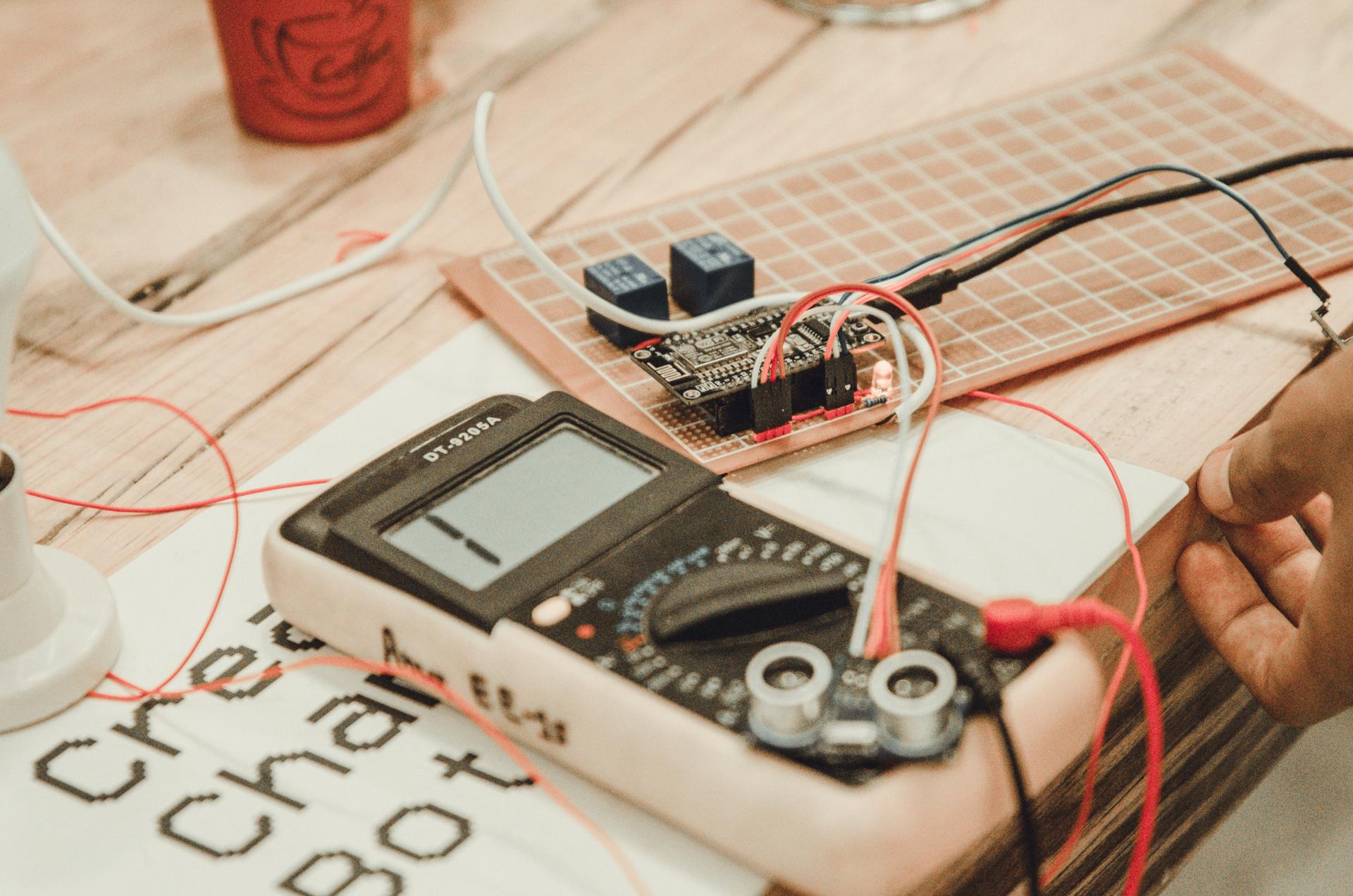Performing an Electrical Safety Test in Your Home: A Step-by-Step Guide

In the realm of security in your home one of the most important aspects to be considered is the safety of electrical wiring. Testing for electrical safety is the process of checking the electrical system within your home to make sure it’s safe and up-to-code. In this article we’ll provide the basics of what electrical safety testing are, what equipment you’ll need for conducting them, how to conduct the tests and what warning signs to look out for.
What is what is an Electrical Safety Test?
An electrical safety test is the process of checking the electrical system inside your home to verify that it is safe and working in a proper manner. Safety tests for electrical appliances are crucial because they can help avoid electrical fires and accidents, and ensure the longevity of your electrical system.
Tools Required for an Electrical Safety Test
To conduct an electrical safety test, you’ll need some essential equipment. They include the voltage tester, a continuity tester, circuit tester along with an outlet tester. The voltage tester is used to test for live circuits, while the continuity tester checks for damaged circuits. The circuit tester is used to look for wiring issues, and the outlet tester is utilized to identify electrical issues in outlets. It is crucial to use these devices correctly to get accurate results.
How do I Conduct an Electrical Safety Test
To perform the electrical test in your home take these steps:
Switch off the power source for the circuit that you’re trying to test.
Make use of the voltage tester to check for live circuits.
Make use of this continuity tester to look for damaged circuits.
Use the circuit tester to check for electrical faults.
Make use of the outlet tester to look for electrical problems within the outlets.
During the process of testing Be sure to check for signs of damage or wear on the wiring that could indicate damaged or frayed wires, burn marks, as well as loose or damaged connections. If you discover any problems you need to fix them as quickly as you can to avoid potential hazards.
Signs of Electrical Problems to Watch Out for
There are a variety of indicators that may indicate electrical issues in your home. These include flickering lights and frequent circuit breaker trips noises that crackle or buzz emanating from outlets, outlet that are hot or discolored, and a burning smell. If you observe any warning signs, it’s important to act immediately to prevent possible electrical hazards.
Conclusion
Safety tests for electrical appliances are essential for ensuring your safety and family. By conducting regular tests and addressing any issues promptly you will be able to prevent electrical hazards and extend the life of your electrical system. If you need help with electrical testing or repairs, don’t hesitate to contact Residential Electrician Adelaide. Our team of experts can give you professional guidance and assistance. Contact us via 0488 822 772 to schedule an appointment or to request a quote.
FAQ Section
When should I conduct an electrical safety test at my home?
We suggest conducting electrical safety tests at least once per year.
Do I have the ability to conduct an electrical safety test by myself or do I require a professional?
Although it’s possible to conduct tests for electrical safety yourself however, it’s advised to employ a professional to ensure accurate results and to avoid any potential dangers.
Which are the top frequent electrical issues that are discovered during an electrical safety test?
The most frequent electrical issues that are discovered during a safety test include defective wiring, circuits that are overloaded and obsolete electrical systems.
What should I do if I encounter a problem in the electrical safety test?
If you spot a problem during the electrical safety test it is important to act immediately. This could include calling an expert electrician to address the issue or replacing the equipment that is malfunctioning.
